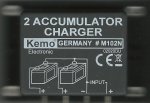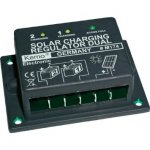drewdt3
Guest
Afternoon All
I am considering fitting one of these to replace the poxy split charger supplied with our Autotrail MH: -
Voltage Sensitive Split Charge Relay 12V 140A | 12 Volt Planet
My thinking, not being an auto electrician, is to use 16mm2 cable and something like 80amp fuses at each end. Does this sound a safe way to go, or does anyone have any better suggestions?
Thanks
Drew
I am considering fitting one of these to replace the poxy split charger supplied with our Autotrail MH: -
Voltage Sensitive Split Charge Relay 12V 140A | 12 Volt Planet
My thinking, not being an auto electrician, is to use 16mm2 cable and something like 80amp fuses at each end. Does this sound a safe way to go, or does anyone have any better suggestions?
Thanks
Drew


